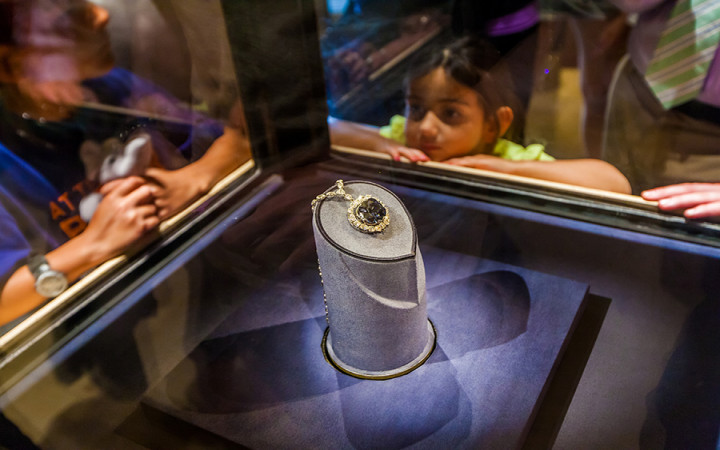Today’s Wonder of the Day was inspired by Obehi. Obehi Wonders, “why do museums put animals and other stuff there” Thanks for WONDERing with us, Obehi!
Baseball cards…stamps…coins…rocks…postcards…bugs…keychains…toy cars…what do all of these things have in common? If you guessed that they're all things that people collect, you're right!
Do you collect any of these things? Of course, these are just a few examples of the types of things people collect. There all sorts of other things that people collect. Do you collect something unique?
Wouldn't it be cool if you could travel all around the world, collecting samples of every living thing on Earth, both past and present? What if you broadened your search and started collecting samples of all the nonliving things that make up Earth and make us who we are?
Can you imagine what such a collection would look like? There's no need to use your imagination. All you need to do is visit a local museum! All over the world, there are all sorts of museums that contain fantastic collections of art, insects, animals, and a wide variety of historic artifacts.
If you ever travel to Washington, D.C., you can see one of the world's greatest collections of living and nonliving artifacts. It can be found at the world-famous National Museum of Natural History (NMNH), operated by the Smithsonian Institution.
With over eight million visitors each year, the NMNH is one of the most popular museums in the world. It's the most visited museum in North America and the most-visited natural history museum in the world. Since it opened its doors in 1910, it has remained a favorite of kids and adults alike.
So what can you find in the collections of the NMNH? A little bit of everything is a safe answer. The museum's collections currently total over 126 million natural science specimens and cultural artifacts, such as animals, fossils, plants, minerals, rocks, meteorites, and human remains.
This includes over four million plants, seven million fish, 30 million insects, 15,000 gems, 350,000 minerals, 300,000 rocks, 35,000 meteorites, and two million cultural artifacts, of which 400,000 are photographs. Some of the most famous items in the collections include the Hope Diamond, the Star of Asia Sapphire, Tyrannosaurus rex bones, a giant squid, and rocks from the Moon.
Only a very tiny fraction of the museum's collections can be seen in public displays. The vast majority of items are stored in huge storage rooms. What good are they there? They're used by nearly 200 professional natural history scientists at the Smithsonian, as well as countless other scientists via online access programs.
As a whole, the NMNH's holdings comprise the most comprehensive natural history collection on Earth. Scientists who study anthropology, entomology, zoology, botany, paleobiology, and mineral sciences use the items in the museum's collections to gain a better understanding of the history of Earth and all its inhabitants. By learning about Earth's past, these scientists can help to solve problems facing Earth in the present and future.
Does working at a museum and collecting artifacts sound interesting to you? Perhaps you could be a museum curator someday! Being a curator takes a college education and knowledge in a variety of subjects like history, art, and many branches of science. Writing is also very important, as curators often write proposals to ask for funding for collections and exhibits. Curators and other museum staff help to bring exhibits to life and spark WONDERing in museum-goers everywhere!





